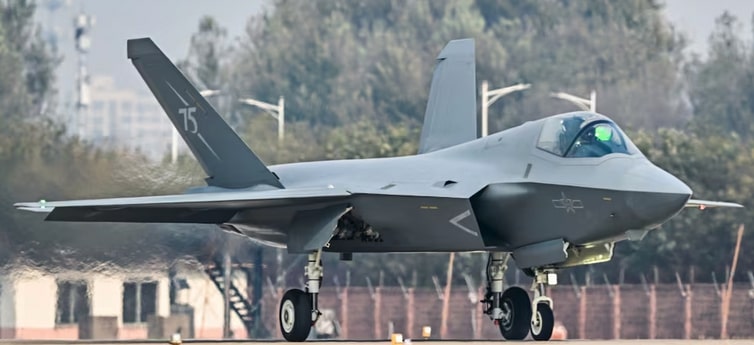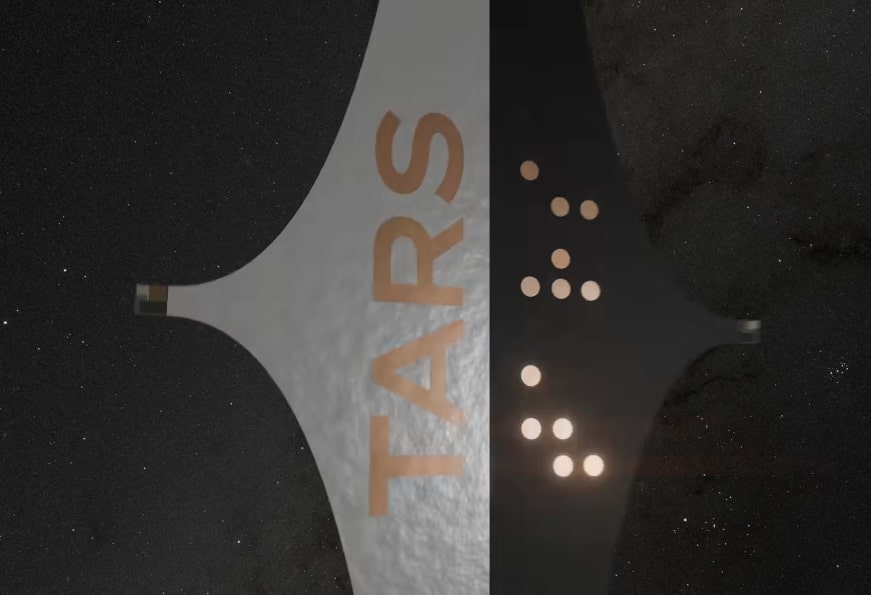Now Reading: Top Fighter Jets of 2026: US F-47, China J-35, and Korea KF-21
-
01
Top Fighter Jets of 2026: US F-47, China J-35, and Korea KF-21
Top Fighter Jets of 2026: US F-47, China J-35, and Korea KF-21

quick Summary
- China’s J-35 Fighter Jet:
– New stealth fighter, modeled closely after the U.S. F-35 but larger and twin-engine for enhanced thrust/redundancy.
– Capable of Mach 2.0; less stealthy than the F-35 but outperforms Generation 4 or 4.5 fighters (e.g.,F-16).
– Equipped with AESA radar and IRST but lacks sensor fusion like the F-35’s DAS system.
- South Korea’s KF-21 Fighter Jet:
– Referred to as a “mini F-35” due to similar design elements (blended fuselage, twin tails).
– Faster than an F-35 at mach 1.81; semi-stealth capabilities compromised by external weapon configurations increasing RCS visibility.
- Upcoming U.S. Stealth Fighters & Technology:
– U.S.’s NGAD program planning next-gen fighter jet (F-47), prototype expected by ~2026/27.- Features: AI autonomy,adaptive engines,unmanned teaming,extreme stealth capability classified as Stealth++.
– Focus on lowering costs compared to the F-22 (~$300M+) while maintaining technological superiority.
indian opinion Analysis
India would watch developments like China’s J-35 and South Korea’s KF-21 carefully-not only for their tactical improvements-but also for regional implications in military aviation capacity and trade partnerships relating to defense technology.
The push toward advanced stealth capabilities such as seen in China’s J-35 parallels India’s ongoing efforts through projects like AMCA (Advanced Medium Combat Aircraft)-highlighting India’s need for cutting-edge avionics integration and cost-effective production strategies to remain competitive.
the urgency around next-gen fighters demonstrates global reliance on networked systems leading edge combat A-warfare ,hour global voord based logica importantly training since testing основании careful Mirroring .Image/s already embedded Additionally
Read More:[link Attached] `























